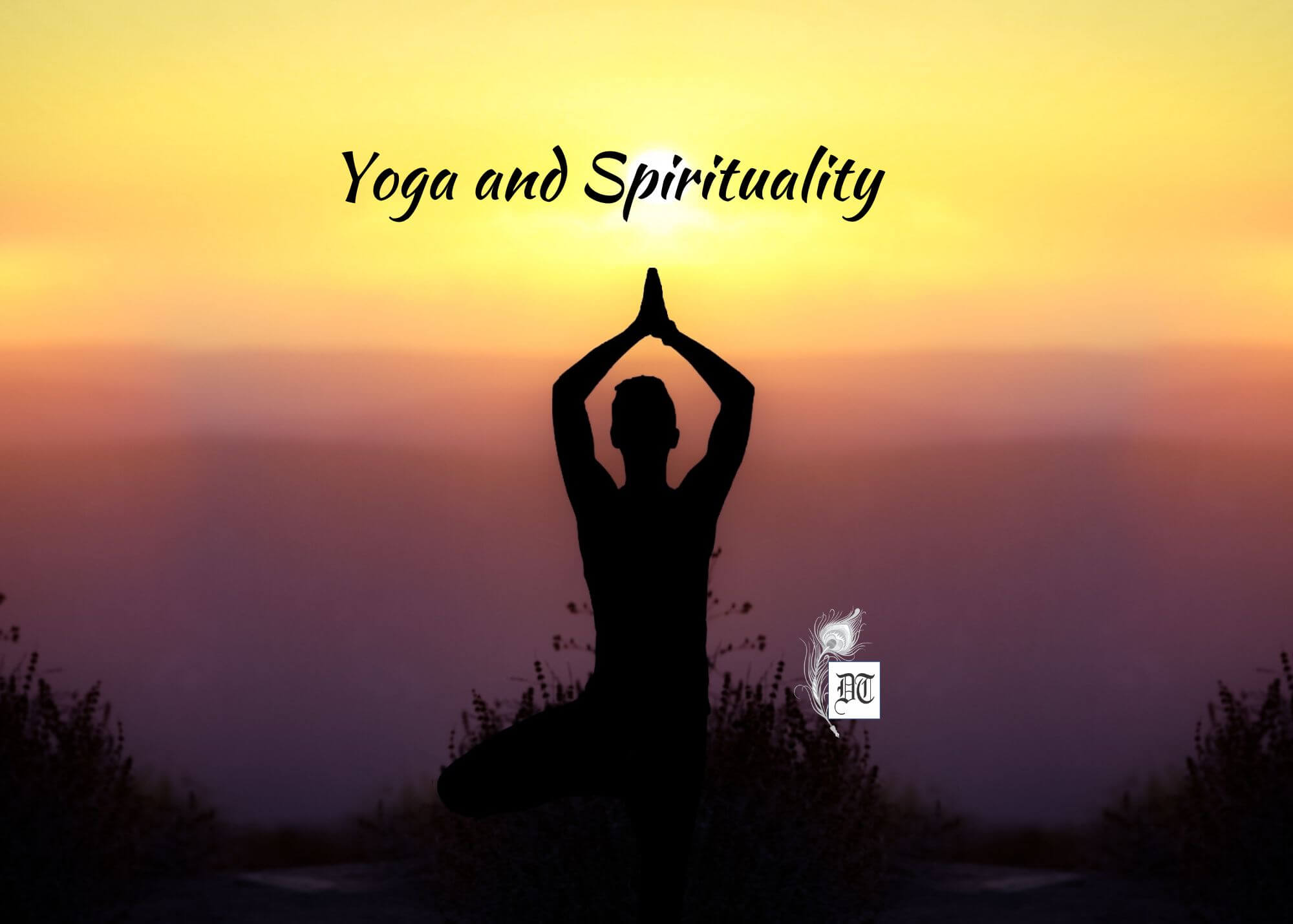Here are the many benefits of Ashtanga Yoga, the Eight-fold Path. Yama and Niyama, the first two steps before once practices Asanas. The columnist tells us how to chant ‘Om’, perform Shakshi Dhyana and concludes with the Sanmukhi Mudra. Navodita, a Yoga expert, is writing a regular column, Holistic Health, every Monday, beginning today, exclusively for Different Truths.
Today is Independence Day and a reason to celebrate the spirit of independence and freedom. Yoga could be just that perfect destination for the body, mind and soul to get rejuvenated and started afresh with a free spirit.
Yoga is derived from the Sanskrit word ‘Yuj’, which means to yoke the body, mind and soul. It generates a feeling of harmony which can be easily achieved if one practices Ashtanga Yoga or Eight-fold Path. Yama and Niyama are the first two steps of Ashtanga Yoga, which are disciplinary, moral and ethical codes to be practiced in one’s life. Asanas are the third step of Ashtanga Yoga that deals with physical exercises to tone your body and get some agility. Ideally, it is the first step towards a complete state of bliss where one can connect with oneself. Truly said, ‘Healthy mind can only dwell in a healthy body’!
Chanting Om
In order to get started with some basic Yoga workout it is important to get the focus right for which the best way to begin is by chanting Om. The word Om is not as simple to chant as it seems. It can be divided into three syllables: Aa, Uu, Maa or A-U- M. This is an important start to Asanas. For chanting A-U- M, one has to sit in a simple cross-legged pose or Swastika Asana with an erect back and keep the head slightly bent down into the collarbones. Take a deep breath and while exhaling start chanting Aa from the base of your stomach. Chant Aa for about twenty seconds after which Uu sound should be heard with the exhalation still on. After chanting Uu for fifteen seconds, end this chanting exercise with Mm sound for the last ten seconds of complete exhalation. Repeat this slow chanting thrice. While chanting feel the reverberation and the sound run through your entire body from the base of your stomach till the crown of your head.

Sakshi Dhyana
Follow the chanting with a good Sakshi Dhyana or meditation for a good shot of freshness and breath. Here’s how:
Sit in a simple cross-legged pose or Swastika Asana with eyes closed, straight back and chin up. Start by focusing on the breath. Simply watch the breath and follow the passage of the breath through the nostrils and the lungs. Imagine the breath taking it’s course inside your body. Imagine that with every inhalation purities and positive thoughts are going in while negativities and toxins are being exhaled each time. Continue to feel the breath and be aware of the body for about five minutes.
In the next five minutes, the focus has to be on the nabhi or the navel, which is the centre of the body and the seat of the Swadhishthana Chakra. This time imagine the breath going inside your body through the windpipe and reaching down till the nabhi. Inhale and exhale from this centre for some time. While breathing through the nabhi imagine the breath reaching all other parts of the body, including every muscle, joint and cell within.
Lastly shift the focus from the breath to the Agya Chakra between the eyebrows. Here the objective is to withdraw your senses within by becoming oblivious to your surroundings and environment. Keep the attention focused between your eyebrows where the Agya Chakra gets activated and throws all toxins out from the mind. Let the thoughts saunter. Just be a bystander to all positive or negative thoughts that may cloud your mind. Stay in this pose for about ten minutes and you can then slowly open your eyes. There you are geared for yet another bright day ahead.

Sanmukhi Mudra
This one is the perfect end to an action-packed Yoga day – yes, without Asanas too one can feel the body warm up with just meditation and chanting. In order to feel the benefits of Sanmukhi Mudra you have to again be seated in cross-legged pose with a straight back and eyes closed.
Keeping your elbows raised up in line with your shoulders gently touch your fingers against the skin on your face and place the fingers in a systematic manner. Plug your ears with your thumbs.
Index fingers should gently be placed under the eyebrows on the above the eyelids. Brush the eyelashes down with the tap of your middle finger while the ring finger is gently touching the nostrils. Little finger should be placed on your upper lip. Keep the fingers on your face for about five minutes. Feel the breath and the body rhythm with each breath.
Yoga teaches you to be in tune with your inner self. Instead of getting into much hype and noise, yoga helps you connect with your own limited beliefs and awakenings. Here are some pointers to help you start connecting with your inner self:
- Understand your limitations as a person, an entity in the world and then take actions. Each one is not born with the same gift that you have for the world. Take baby steps towards your goals and ambitions.
- Take several breaths to feel the wholeness of your individual entity. It is good to find your ‘individual’ voice among others at the same time not isolating yourself from others in the process.
- Always remember that change always begins within you. Recognise the opportunities the world offers and direct your actions towards a positive change within yourself so you can feel the others change towards you.
- Start believing that often we choose to believe what our own inner perception is of the world. Step by step begin to break that wall around you- the wall of hollow subjectivity.
- Last but not the least, the world is always waiting for you to take the first initial step towards your dream. Accept a little and expect a little simultaneously. Always make an effort without being aggressive at the same time.
©Navodita Pande
Pix from Net.






 By
By
